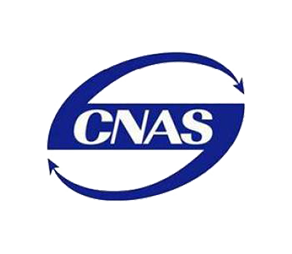The long-distance pipeline installation procedure is mainly divided into: construction preparation, acceptance of materials and pipeline accessories, handover piles and measurement and layout, cleaning of construction work belts and construction of construction access roads, transportation and storage of materials and anti-corrosion pipes, trench excavation, pipe laying and on-site beveling processing, pipe mouth assembly, welding and acceptance, pipeline anti-corrosion and insulation engineering, pipeline trenching and backfilling, pipeline crossing and spanning engineering; pipeline cleaning, diameter measurement and pressure testing, pipeline drying; pipeline joints; pipeline ancillary engineering; project handover.
1. Construction preparation
1) Technical preparation Conduct drawing review, design briefing and technical briefing; conduct construction organization design, construction plan and quality, health, safety and environmental measures.
2) Personnel preparation Establish a project organization, configure construction personnel that meet the needs of the project, and organize skill training, examination and certification for various professional types of work such as welders, pipe workers, and anti-corrosion workers.
3) Preparation of machinery and equipment and materials
Configuration of construction machinery and equipment and inspection and maintenance of construction machinery and equipment; production of special construction machinery for specific projects. Storage of main construction materials to meet the requirements of continuous operation; procurement, verification, transportation and storage of materials.
4) Preparation of construction site Handle relevant construction procedures; construction land should meet the requirements of operation; complete water, roads, electricity, communications, site leveling and temporary construction work at the construction site.
2. Inspection of materials and equipment
Check the materials and equipment used in the project. The material, specification and model should meet the design requirements. The quality should meet the provisions of the current relevant national standards. It should have a factory certificate, quality certificate and material certificate. When there is any doubt about its quality, it should be re-inspected. The hot-bent pipes and cold-bent pipes of the pipeline line should meet the relevant standards; steel pipes, insulating joints (flanges), line valves, etc. should be inspected for quality acceptance in accordance with relevant standards.
3. Handover piles and surveying and laying out
The design unit and the construction unit conduct the handover of control piles (corner piles, dense piles, etc.) and temporary and permanent leveling points set along the line on site, and check, mark and protect the pile positions. The construction unit uses measuring instruments (such as total stations, levels, etc.) to lay out the pipeline centerline and the boundary of the working zone according to the handed-over pile positions, and determine the pipeline direction, burial depth and other parameters.
4. Cleaning of the working zone and construction of construction access roads
Clear trees, weeds, obstacles, etc. within the working zone to provide working space for pipeline construction and level the cleared site. According to construction needs, build construction access roads to facilitate the transportation of equipment and materials. The access roads should have sufficient carrying capacity.
5. Loading, unloading, transportation and storage of materials and anti-corrosion pipes
Use appropriate lifting equipment and methods to load and unload materials and anti-corrosion pipes to avoid collision and damage. Select appropriate transportation tools to fix and protect the pipes to prevent deformation and damage during transportation. A material stacking site is set up at the construction site, and pipes and fittings are stored according to specifications and models. Anti-corrosion and moisture-proof measures are taken to properly store all kinds of materials.
6. Trench excavation
The width, depth and slope of the trench are determined according to the outer diameter of the pipeline, excavation method, assembly welding process and engineering geology. The trench is excavated by mechanical excavation (such as excavator) and manual cooperation to excavate a trench that meets the design, ensuring that the bottom of the trench is flat and free of hard objects such as stones. During the excavation process, attention should be paid to the protection of underground cultural relics, underground pipelines, etc. When excavating trenches across roads, rivers, densely populated areas, etc., appropriate safety measures should be taken, and warning signs, signal lights and warning objects should be set up.
7. Pipe laying and on-site groove processing
Pipes are laid according to the steel pipe material, specification and anti-corrosion layer grade specified in the design drawings to facilitate subsequent assembly and welding. When laying pipes, attention should be paid to the order and spacing of pipes to avoid secondary transportation. Use mechanical cutting or flame cutting and other methods to process the groove of the pipe mouth, and process the groove form and size that meet the requirements of the welding process.
8. Pipe mouth assembly, welding and acceptance
1) Use an internal aligner (or external aligner) to align the adjacent pipe mouths to ensure that the concentricity and misalignment of the pipe mouths are within the allowable range.
2) Welding is carried out by manual arc welding, semi-automatic welding or fully automatic welding, and welding is carried out according to the welding parameters and methods determined by the pipeline welding process assessment. During welding, the welding environment, such as humidity and wind speed, is controlled to affect the welding quality.
3) Weld inspection and acceptance Perform an appearance inspection on the welded joint to check whether there are defects such as undercuts, pores, and slag inclusions. After the appearance inspection is qualified, non-destructive testing (such as radiographic testing, ultrasonic testing, etc.) is carried out according to the proportion specified in the relevant standards to ensure that the welding quality meets the standard requirements. Unqualified welds should be repaired using the qualified repair welding process regulations, and after repair, they must be inspected according to the original standards. The same part should not be repaired more than 2 times, and the root should only be repaired once.
9. Pipeline anti-corrosion and insulation engineering
The anti-corrosion of long-distance pipelines adopts the method of combining anti-corrosion layer and cathodic protection. The anti-corrosion layer includes petroleum asphalt anti-corrosion layer, coal tar enamel (asphalt) anti-corrosion layer, epoxy coal asphalt anti-corrosion layer, plastic adhesive tape anti-corrosion layer, epoxy powder coating, polyethylene coating (three-layer PE) and other types. Cathodic protection adopts sacrificial anode cathodic protection, forced current cathodic protection and other methods. Oil pipelines must be insulated, and the commonly used material is polyurethane. After the pipeline non-destructive testing is qualified, anti-corrosion patching should be carried out in time. The anti-corrosion and insulation of steel pipes, elbows, and elbows, on-site anti-corrosion patching and repair construction should comply with the design requirements and the provisions of the current relevant standards.
10. Pipeline trenching and backfilling
1) After the welding, non-destructive testing and patching of the pipeline line in the pipeline trench are completed, the trench should be dug in time. If it is not possible to dig in time, measures should be taken to prevent the pipe from rolling. In one operation (unit) construction section, the continuous length of the pipeline placed on the trench should not exceed 10km. Pipelines should be lowered into the trench using lifting equipment such as pipe hoists; nylon slings or rubber roller baskets should be used as hoists. When using a basket to lower the trench, a pipe hoist should be used, with a lifting height of 1m. The number of pipe hoists should not be less than 3. After the pipeline is lowered into the trench, the elevation of the top of the pipe should be measured. The straight section should be measured every 100m, and the starting point, midpoint and end point of the curve section can be measured.
2) Backfilling: After the pipeline is lowered into the trench in general areas, it should be backfilled in time. Before backfilling, the water in the trench should be removed. Areas prone to erosion in mountainous areas, high water levels, densely populated areas and rainy season construction should be backfilled immediately. First, backfill the fine soil, compact it in layers, and then backfill the original soil. The density of the backfill soil should meet the requirements. Before backfilling the trench, the cathode protection test lead welding should be completed and led out to the ground.
11. Pipeline crossing and spanning projects
The construction of pipeline crossing and spanning projects shall comply with the relevant provisions of the current national standards "Oil and Gas Pipeline Crossing Project Construction Specifications" (GB 50424) and "Oil and Gas Pipeline Crossing Project Construction Specifications" (GB 50460). When the pipeline crosses obstacles such as roads, railways, rivers, etc., jacking, directional drilling, shield and other crossing methods are adopted. For situations where the pipeline crosses valleys, rivers, etc., trusses, suspension bridges and other spanning structures are adopted. A special crossing and spanning construction plan should be formulated to ensure the pipeline safety and project quality during the crossing and spanning process.
12. Pipeline cleaning, diameter measurement, pressure testing and drying
Long-distance pipelines should be cleaned, diameter measured and pressure tested after the lower trench is backfilled. Cleaning, diameter measurement and pressure testing should be carried out in sections. Large and medium-sized river crossings and railways, highways, and secondary and above highways should be pressure tested separately. After the segmented pressure test is qualified, the joint welds connecting each pipe section should be subjected to 100% ultrasonic and radiographic testing, and no pressure test will be performed. Prefabricated parts and joint pipe sections should be pre-pressure tested before installation. Line shut-off valves and other equipment that have been pressure tested separately do not need to be pressure tested together with the pipeline. If there is a leak during the pressure test, it should be repaired after the pressure is released, and the pressure test should be repeated after the repair is qualified.
1) Pipe cleaning and diameter measurement Before the segmented pressure test, use a pipe cleaning ball (device) to clean the pipe, and the pipe cleaning medium should be air. The number of pipe cleanings should not be less than 2 times, and it is qualified when no debris is discharged from the open end. After the pipe cleaning is qualified, the diameter should be measured before and after the pressure test. The diameter measurement should be made of an aluminum diameter measuring plate with a diameter of 90% of the inner diameter of the largest wall thickness steel pipe or elbow in the pressure test section. When the diameter measuring plate passes the pipe section, it can be judged as qualified if there is no deformation or wrinkles.
2) The test medium for oil pipeline pressure testing should be water. In special areas such as high cold and steep slopes, air can be used as the test medium after design verification, but the pipe material must meet the crack arrest requirements. Explosion-proof safety measures must be taken during pressure testing. The sections of gas pipelines located in the first and second level areas should use water as the test medium. In special areas such as high cold and steep slopes, air can be used as the test medium. The sections of gas pipelines located in the third and fourth level areas should use water as the test medium. Clean water should be used for pipeline pressure testing. Water pressure test and air pressure test should comply with the current relevant standards. The length of the pipe section for segmented water pressure test should not exceed 35km, and the hoop stress borne by the pipeline during the low point pressure test should be calculated; the length of the pipe section for segmented air pressure test should not exceed 18km. The pressure gauge used for pressure testing should be calibrated and should be within the validity period. The accuracy of the pressure gauge should not be lower than Class 1.6, the range should be 1.5 to 2 times the maximum pressure to be measured, the dial diameter should not be less than 150mm, and the minimum scale should be able to display 0.05MPa. There should be no less than 2 pressure gauges during the pressure test, and they should be installed at both ends of the pressure test pipe section. The pressure stabilization time should be calculated after the pressure at both ends of the pipe section is balanced. A thermometer should be installed at each end of the pressure test pipe section, and direct sunlight should be avoided. The minimum scale of the thermometer should be less than or equal to 1°C.
3) Drying In order to reduce the humidity in the pipeline and prevent corrosion, the gas pipeline should be dried after the pressure test and cleaning are completed. The drying of the gas pipeline should comply with the relevant provisions of the current industry standard "Technical Specifications for Drying Construction of Natural Gas Transmission Pipelines" (SY/T 4114).
13. Pipeline joints
The material and wall thickness of the steel pipes, elbows and other materials used in the pipeline joints should meet the design requirements. The joints should be set in areas with good terrain and geological conditions, and pedestrian safety passages should be set at the joints. The working surface should be flat, clean, and free of water accumulation, and the trench bottom should be 500mm~800mm deeper than the design depth. When connecting the pipes, first cut and grind the pipe ends at the joints, and then assemble and weld the pipe ends according to the joint welding process regulations to ensure that the welding quality at the joints is consistent with other parts of the pipeline. External jointing devices should be used for jointing. After welding, 100% ultrasonic testing and 100% radiographic testing should be carried out. Crack defects should not be repaired, and other defects should only be repaired once. After the inspection is completed, anti-corrosion patching and repairing should be carried out as required. After the owner (or supervisor) confirms that it is qualified, the trench should be backfilled in time. The joint pipe section that does not participate in the pressure test should be pressure tested before installation.
14. Pipeline ancillary projects
Pipeline ancillary projects include the installation of cut-off valve chambers and valves; cathodic protection projects; installation of mileage piles, corner piles, sign piles, anchor piers, warning signs and laying of warning tapes; line protection structures.
1) Shut-off valve chamber and valve installation The civil engineering of the shut-off valve chamber shall comply with the provisions of the current relevant national standards. The installation of the process pipeline in the valve chamber shall comply with the relevant provisions of the current national standard "Construction Specifications for Process Pipeline Engineering in Petroleum and Natural Gas Stations" (GB 50540). Before installing the valve, you should be familiar with the valve installation instructions, and check and install the valve according to the relevant standards and the manufacturer's instructions. The buried pipelines and valves in the valve chamber should be spark-tested before backfilling the soil, and backfilling can only be carried out after the anti-corrosion insulation is qualified. After the valve chamber is installed, it should be purged and pressure tested separately.
2) Cathodic protection engineering line The construction and acceptance of cathodic protection engineering should comply with the relevant provisions of the current national standard "Technical Specifications for Cathodic Protection of Buried Steel Pipelines" (GB/T 21448). The installation of sacrificial anodes or forced current systems should comply with the design and relevant standard requirements. The strip sacrificial anodes used for temporary protection should be connected to the pipeline through test piles and should be disconnected from the pipeline before commissioning. The connection and cross-connection of cathodic protection test piles shall comply with relevant standards. The connection between the pipeline and the test wire shall be dry and clean. The connection between the test wire and the pipeline shall be firm and well conductive. The cable connection with other structures or cross-connected insulated joints shall be firm and well conductive, and anti-corrosion insulation shall be carried out according to design requirements. The cross-connection connection shall be easy to test. The insulation resistance test shall be carried out before the insulated joint is installed, and the effectiveness of its electrical insulation shall be tested after installation. Before the cathodic protection is put into operation, the natural potential test shall be carried out; after operation, the protection potential and protection current tests shall be carried out. The test records shall be complete.
3) Mileage piles, corner piles, sign piles, anchor piers, warning signs and warning tape installation Mileage piles, corner piles, and sign piles shall be inspected and accepted according to standard regulations. The surface shall be smooth and flat, without missing edges and corners, the allowable deviation of the size shall be ±10mm, and the concrete strength shall meet the design requirements. The paint shall be applied evenly. The buried position and depth shall meet the design requirements. The setting of mileage piles, corner piles, and sign piles, as well as the marking content and format, shall comply with the design requirements and the relevant provisions of the current industry standard "Technical Regulations for the Setting of Pipeline Trunk Markings" (SY/T6064). The size, specification, and material of the anchor pier prefabricated parts shall comply with the design requirements. The mother material of the pipeline shall not be damaged during welding. After welding, the edges and burrs shall be polished, and the welding slag and surface rust shall be removed. The rust removal level shall comply with the Sa1 level specified in the current industry standard "Specifications for Surface Treatment of Steel Materials Before Painting" (SY/T0407), and anti-corrosion and insulation shall be carried out according to the design requirements. The anti-corrosion layer of the pipeline within 2m of the anchor pier and beyond shall be poured with concrete only after passing the spark leak detection, and the concrete shall be strengthened. The warning sign shall be painted with reflective paint. The materials, specifications, colors, terms, fonts, etc. used for laying the warning tape shall comply with the design requirements; the warning tape shall be laid flatly just above the pipeline, with a distance of 0.5m from the top of the pipe, and the lettering shall be upward during laying; the laying of the warning tape shall be continuous and no missing joints shall occur.
4) Line protection structures Line protection structures should be constructed in time after the pipeline is laid in the trench, and should be completed before the rainy season (flood) arrives. Construction should be carried out in advance for places that affect construction safety. The construction of line protection structures should comply with the relevant provisions of the current industry standard "Specifications for Construction of Hydraulic Protection of Oil and Gas Pipeline Line Projects" (SY/T 4126).
15. After the construction unit completes all engineering projects within the scope of the contract and passes the acceptance, it should promptly go through the handover procedures with the construction unit. Before the project is handed over for acceptance, the construction unit should submit technical documents to the construction unit in accordance with regulations.
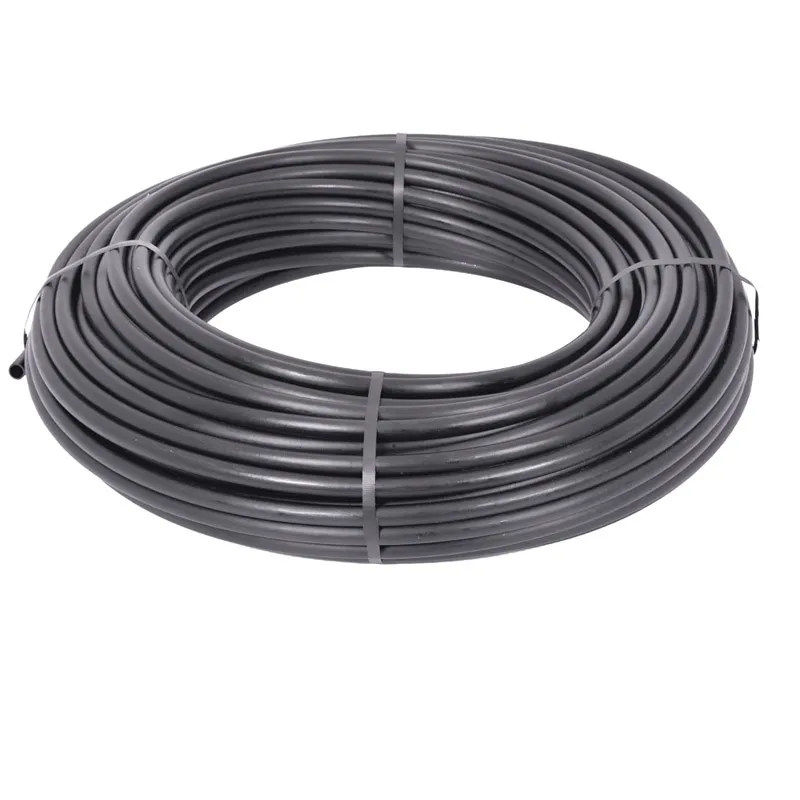
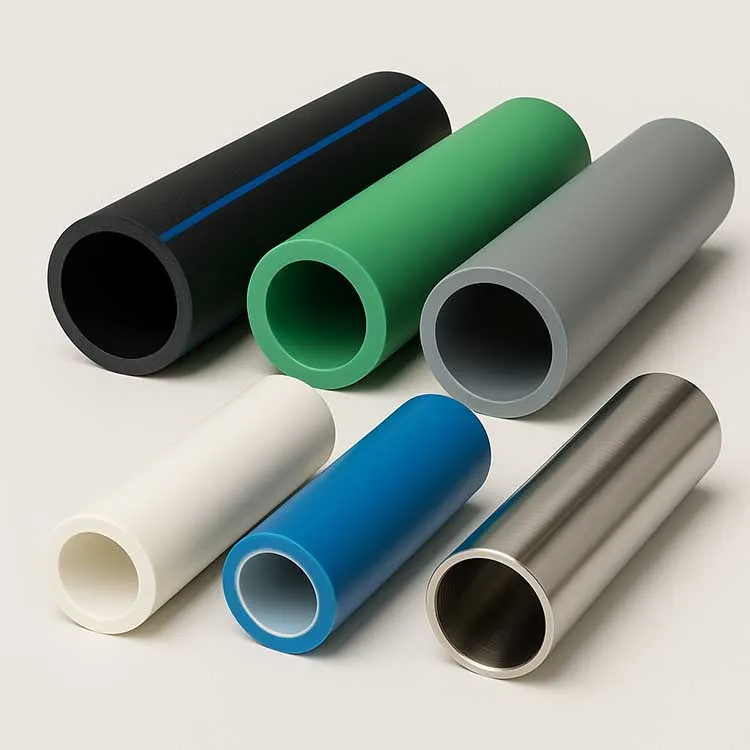
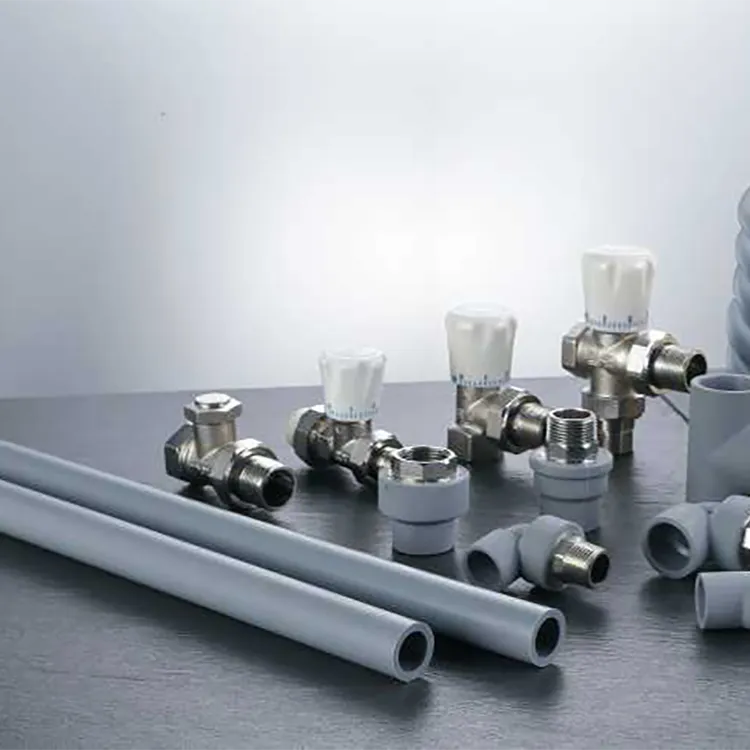
981.webp)
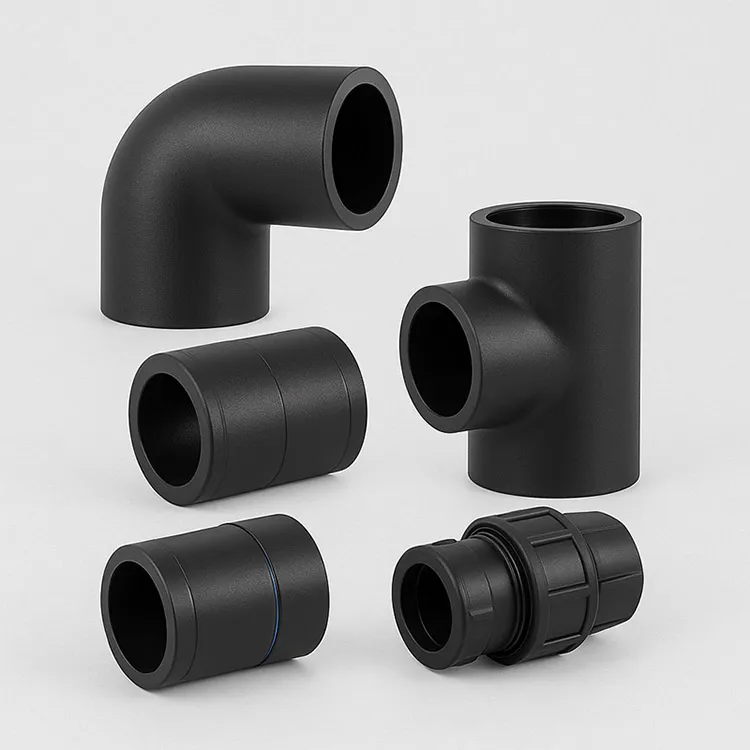
 (1)379.webp)
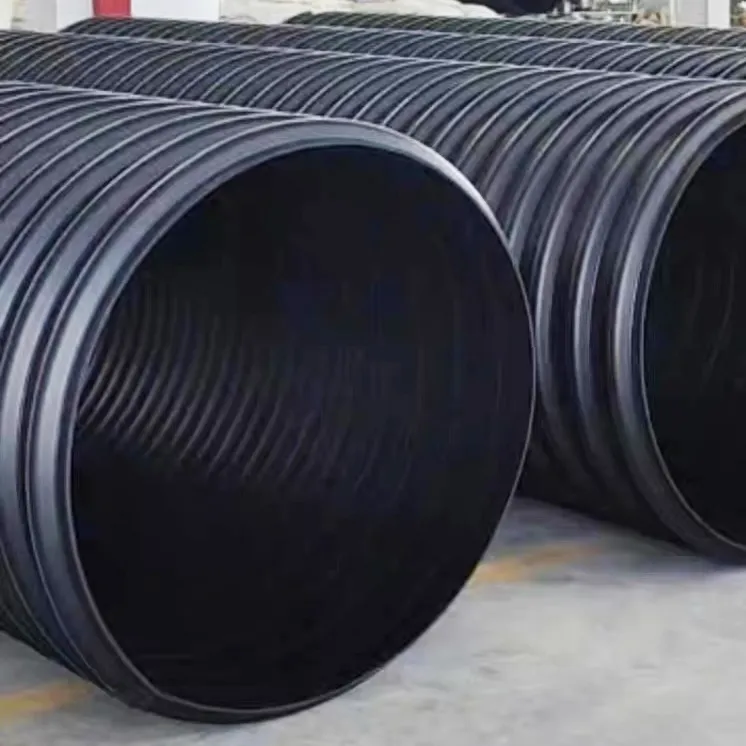
294.webp)
476.webp)
420.webp)
146.webp)
460.webp)
287.webp)
274.webp)
688.webp)

